
Photo by Tdorante10 via Wikimedia Commons
Why is New York’s Houston Street pronounced ‘How-stun?’
The whole history right this way

Photo by Tdorante10 via Wikimedia Commons

Photo © James and Karla Murray

All photos and video © James and Karla Murray
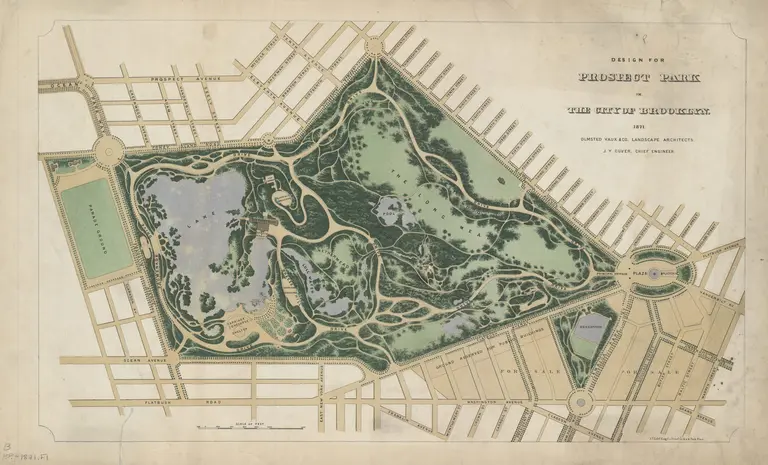
Created by the Olmsted and Vaux firm, this map shows the original plans for Prospect Park, as well as the historic reservoir at Grand Army Plaza (1871)
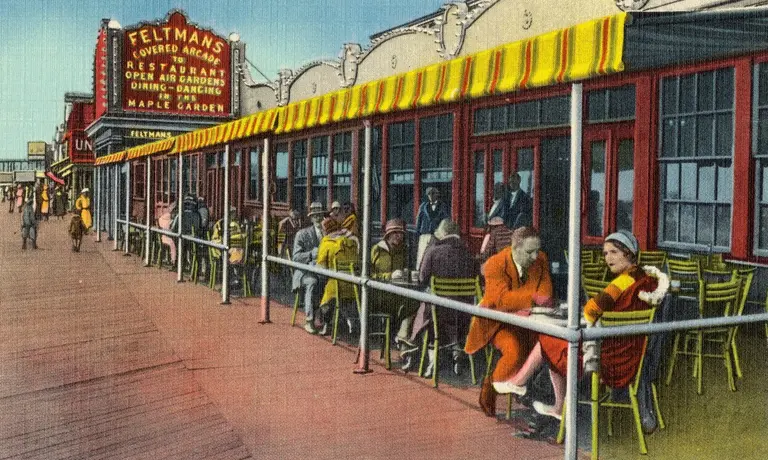
Feltman’s via Boston Public Library
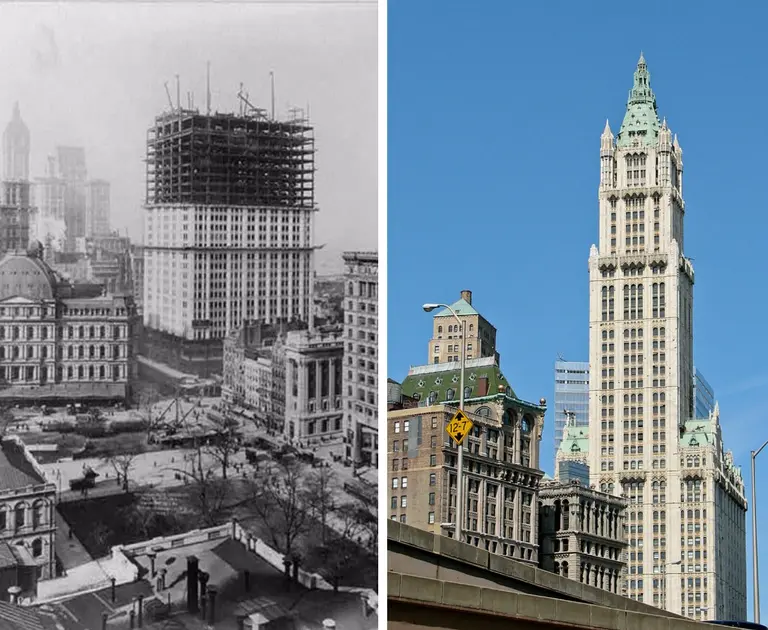
The Woolworth Building, then and now. L: Image courtesy of Library of Congress via Wiki cc; r: Image Norbert Nagel via Wiki cc.
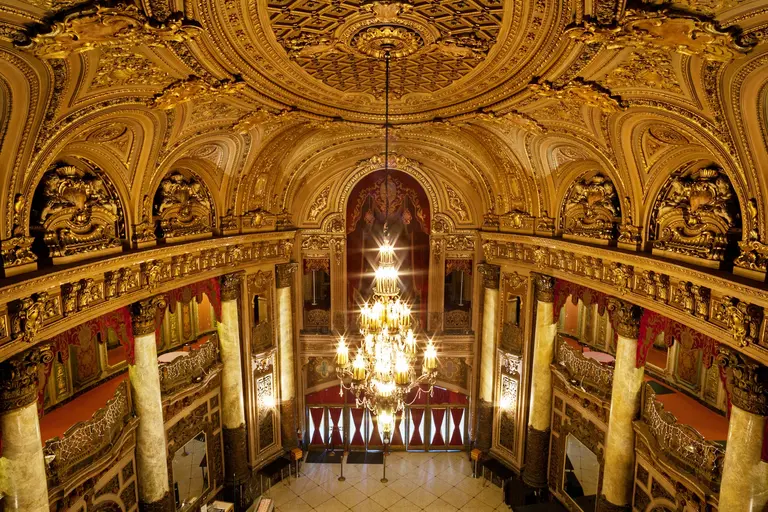
All photos taken by James and Karla Murray exclusively for 6sqft.

An 1859 Harper’s illustration of Moving Day, via Wikimedia Commons

Photo by Cody Nottingham on Unsplash

“New York, View From South, Man-of-war at Left,” 1793, via NYPL Digital Collections

Photo of White Horse Tavern (bottom left) courtesy of Wikimedia; Photo of the Merchant’s House Museum (bottom right) courtesy of Village Preservation on Flickr
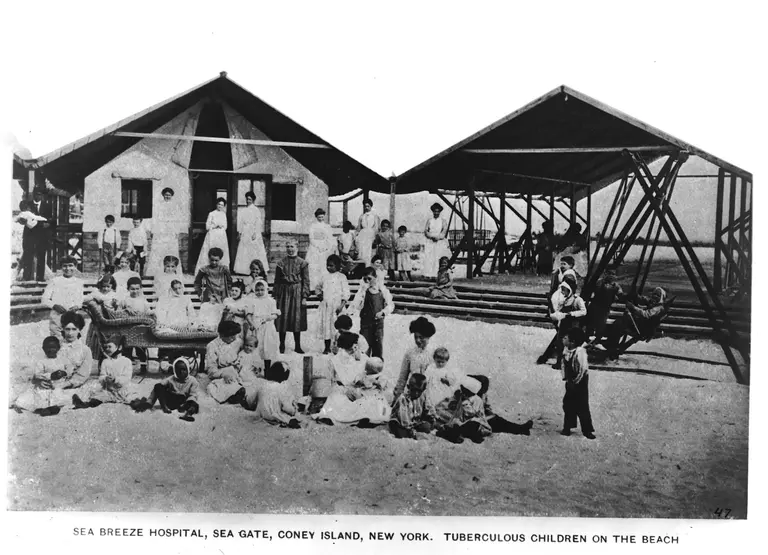
Sea Breeze Hospital in Coney Island via Library of Congress

Street View of 70 Fifth Avenue, Map data © 2020 Google; Photo of W.E.B. DuBois in 1918 from Library of Congress, via Wikimedia Commons
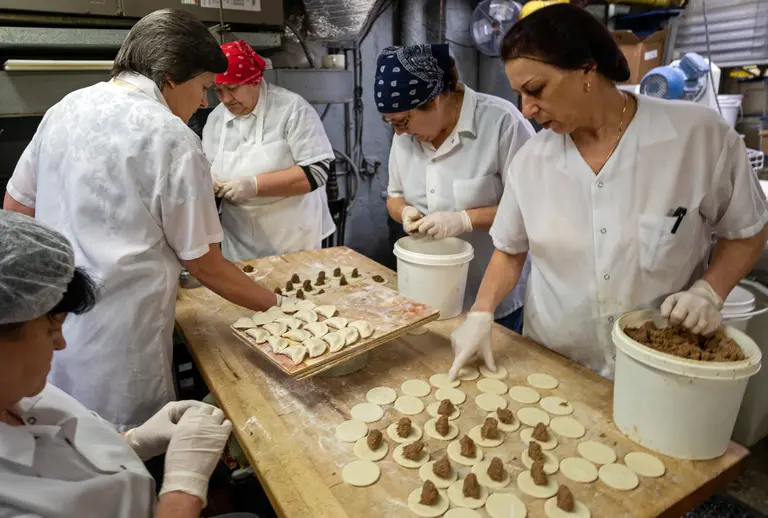
All photos taken by James and Karla Murray exclusively for 6sqft

Lexington Avenue, between 105th and 106th Streets, Manhattan, 1913. Photograph by Pierre P. Pullis, Lundin Collection, Courtesy of the New York Transit Museum

Painting of George Washington: Rembrandt Peale, George Washington (1732–1799), 1853, Oil on canvas; New-York Historical Society, Bequest of Caroline Phelps Stokes

The Times Square shuttle platform, Photo by Helvetica Fanatic on Wikimedia